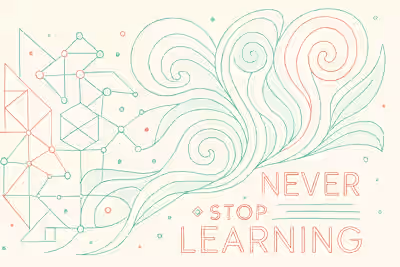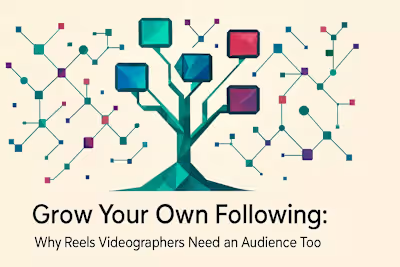Brand ‘You’: How to Stand Out as a Reels Videographer in a Crowded Market

Brand 'You': How to Stand Out as a Reels Videographer in a Crowded Market
Why Personal Branding is Non-Negotiable for Videographers
Moving Beyond Your Portfolio
Attracting Your Dream Clients
Step 1: Defining Your Unique Niche and Style
Finding Your Specialty
Analyzing the Market for Gaps
Developing a Signature Aesthetic
Step 2: Crafting Your Brand Identity and Messaging
Creating a Memorable Brand Name and Logo
Defining Your Brand Voice and Personality
Writing a Compelling Tagline and Bio
Step 3: Building Your Online Presence and Showcasing Your Brand
Your Website as Your Digital Hub
Leveraging Instagram and TikTok
Consistency Across All Platforms
References
Brand 'You': How to Stand Out as a Reels Videographer in a Crowded Market
Why Personal Branding is Non-Negotiable for Videographers
Moving Beyond Your Portfolio
Attracting Your Dream Clients
Step 1: Defining Your Unique Niche and Style
Finding Your Specialty
Analyzing the Market for Gaps
Developing a Signature Aesthetic
Step 2: Crafting Your Brand Identity and Messaging
Creating a Memorable Brand Name and Logo
Defining Your Brand Voice and Personality
Writing a Compelling Tagline and Bio
Step 3: Building Your Online Presence and Showcasing Your Brand
Your Website as Your Digital Hub
Leveraging Instagram and TikTok
Consistency Across All Platforms
References
Posted Jun 30, 2025
In a saturated creator market, a strong personal brand is your biggest asset. Learn how to define your niche, build a powerful brand identity, and attract your ideal clients as a Reels videographer.










